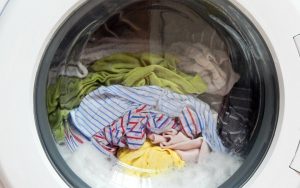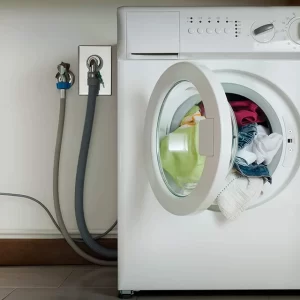Preventing Water Dripping into Your Washing Machine: Solutions
Introduction: Tackling the Issue of Water Leakage
Discovering water dripping into your washing machine can cause concern and frustration. Not only can it damage the machine, but it can also lead to water damage in your laundry area. To prevent further issues and ensure the proper functioning of your washing machine, it’s crucial to address and resolve water leakage promptly. In this comprehensive guide, we will explore potential causes of water dripping into the washing machine and provide specific strategies to mitigate this problem. By understanding the underlying issues and implementing appropriate remedies, you can prevent water leakage and maintain a well-functioning washing machine.
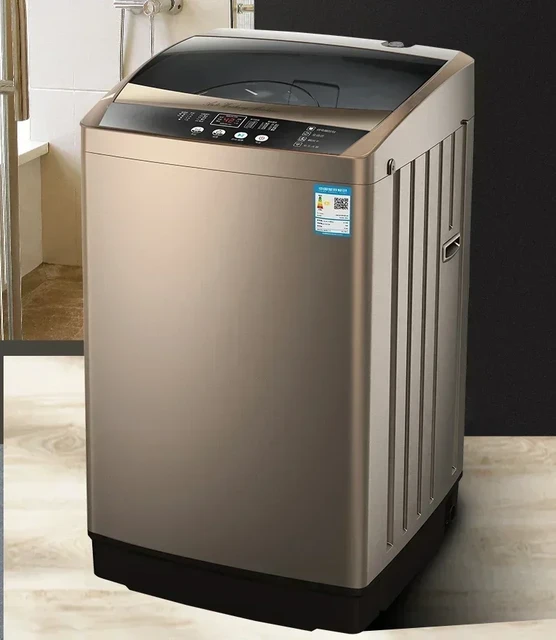
Preventing Water Dripping into Your Washing Machine: Effective Solutions
-
Assessing the Water Supply
a. Inspect the water hose connections: Start by examining the water hose connections at the back of the washing machine. Ensure that the hoses are properly fastened and tightly secured to the corresponding water supply valve. Tighten any loose connections to prevent water leakage.
b. Check the condition of the hoses: Inspect the water hoses for signs of damage, such as cracks, bulges, or deteriorated rubber gaskets. Damaged hoses can cause water to leak into the machine or around the connection points. If necessary, replace the damaged hoses with high-quality, reinforced hoses designed for use with washing machines.
c. Look for leaks during the fill cycle: Start a regular wash cycle and carefully observe the water hoses and their connection points as the machine fills. If you notice any leaks during this process, it may indicate a faulty hose, loose connection, or damaged fitting that needs immediate attention.
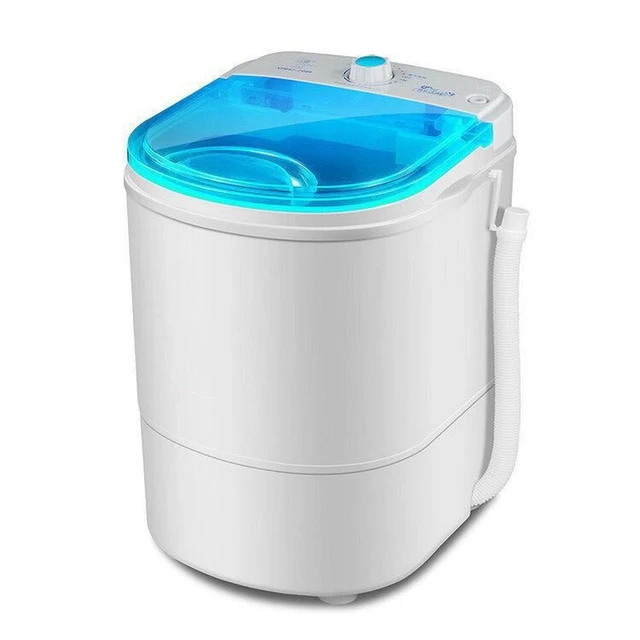
-
Examining the Drain Hose
a. Inspect the drain hose connection: The drain hose is responsible for carrying wastewater out of the washing machine. Check the connection point of the drain hose to the drain pipe or standpipe. Ensure that it is securely fastened and tightly sealed to prevent any leakage.
b. Verify the drain hose position and height: Improper positioning or height of the drain hose can cause water to backflow or overflow from the washing machine. The drain hose should be elevated above the level of the washer’s drum and securely fitted in the drain pipe or standpipe to ensure proper water flow and prevent leaks.
c. Clearing drain hose obstructions: Blockages or kinks in the drain hose can cause water to back up, leading to leakage. Check the drain hose for any obstructions or restrictions and remove them to maintain proper drainage.
-
Addressing the Door Seal or Gasket
a. Inspect the door seal or gasket: The door seal or gasket, located around the washer door, ensures a watertight seal during operation. Examine the seal for signs of damage, wear, or accumulated debris. Cracks, tears, or hardened sections can compromise the seal, allowing water to leak.
b. Cleaning the door seal or gasket: Clean the door seal or gasket regularly to remove any built-up dirt, detergent residue, or mold. Use a mild cleaning solution, such as a mixture of water and vinegar, and a soft brush or cloth to gently scrub the seal. Thoroughly dry the seal to prevent mold growth.
c. Replacing a damaged seal or gasket: If the door seal or gasket is significantly damaged or fails to create a proper seal even after cleaning, it may need to be replaced. Consult the washing machine’s manual or contact the manufacturer for guidance on obtaining a compatible replacement part.
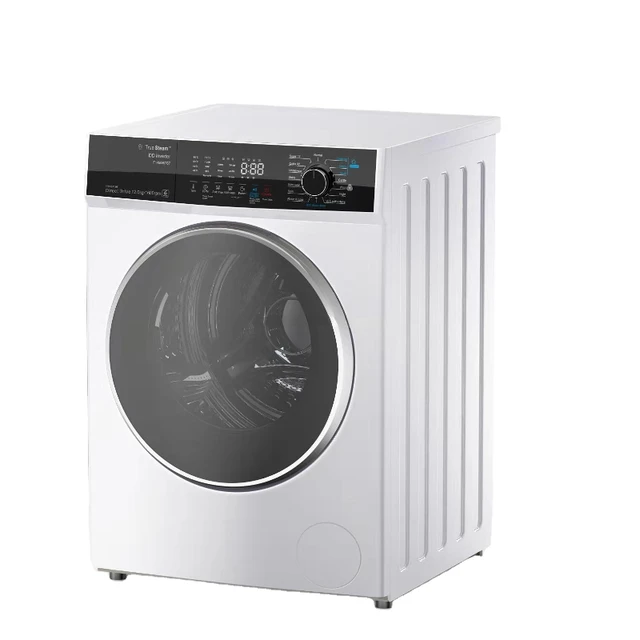
-
Checking the Detergent Dispenser
a. Assess the detergent dispenser drawer: Inspect the detergent dispenser drawer for cracks, chips, or improper alignment. Damaged or misaligned dispensers can allow water to leak out during the wash cycle. Clean the drawer regularly to remove residue or buildup that may affect proper flow.
b. Clearing clogged dispensers: Clogs in the detergent or fabric softener compartments can cause overflow and water leakage during operation. Remove the dispenser drawer and clean any clogs or residue using warm water and a brush. Ensure that the compartments are clear and allow for smooth water flow.
-
Verifying the Filter and Pump
a. Locate and clean the filter: Washing machines often have a filter or lint trap located near the drain pump. Check the manual or manufacturer’s instructions to locate and access the filter. Clean the filter regularly to remove lint, debris, or foreign objects that may impede water drainage and cause leaking.
b. Inspect the drain pump: Examine the drain pump for any signs of damage, leaks, or loose connections. A faulty or damaged drain pump can cause water to leak from the machine. If you notice any issues, consult a professional technician to diagnose and repair or replace the pump if necessary.
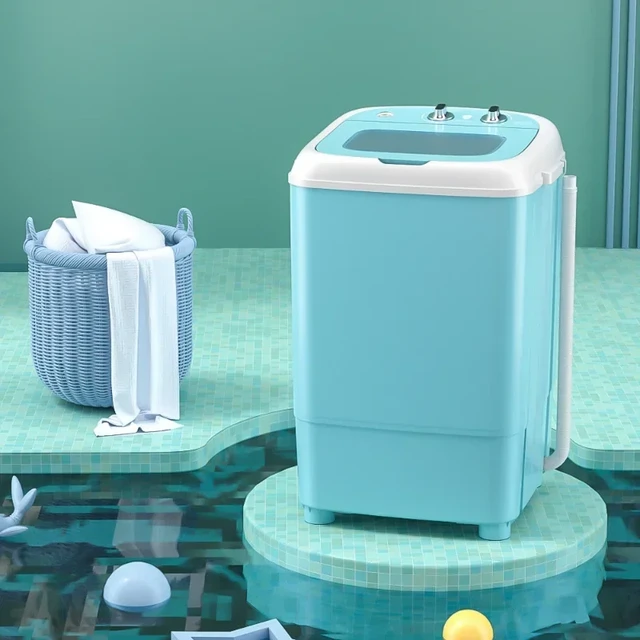
-
Ensuring Leveling and Stability
a. Check the machine’s stability: Ensure that the washing machine is level and stable during operation. Uneven leveling can cause excessive shaking or rocking, leading to water leakage. Adjust the machine’s leveling feet as needed to achieve a sturdy and balanced position.
b. Verify that the flooring is even: Uneven or sloping flooring beneath the washing machine can affect its stability and contribute to water leakage. If necessary, use shims or adjust the floor to ensure proper leveling and stability.
c. Consider an anti-vibration pad: Placing an anti-vibration pad or mat beneath the washing machine can help reduce excessive vibration and movement during operation. This promotes stability, minimizes the risk of water leakage, and protects the machine.
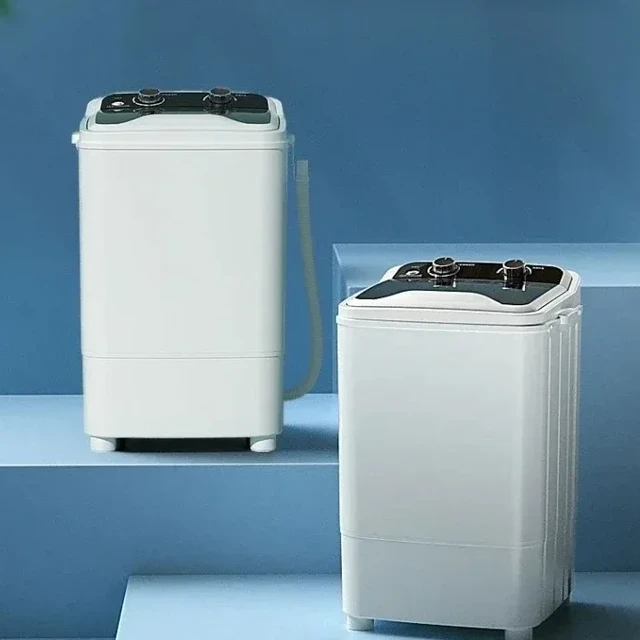
Conclusion: Achieving a Leak-Free Washing Machine
Discovering water dripping into your washing machine is an issue that should be addressed promptly to avoid further damage and potential water damage in your laundry area. By assessing the water supply, inspecting the hoses, drain components, door seal, detergent dispenser, filter, pump, and ensuring proper leveling and stability, you can effectively prevent water leakage and maintain the proper functioning of your washing machine.
Regular maintenance, inspection, and cleaning are essential to address potential issues proactively and avoid leaks. If the problem persists or requires professional attention, consult the washing machine’s manual, contact the manufacturer, or seek the services of a qualified technician. With diligence and prompt action, you can enjoy a leak-free washing machine that effectively cleans your laundry without any water-related concerns.
